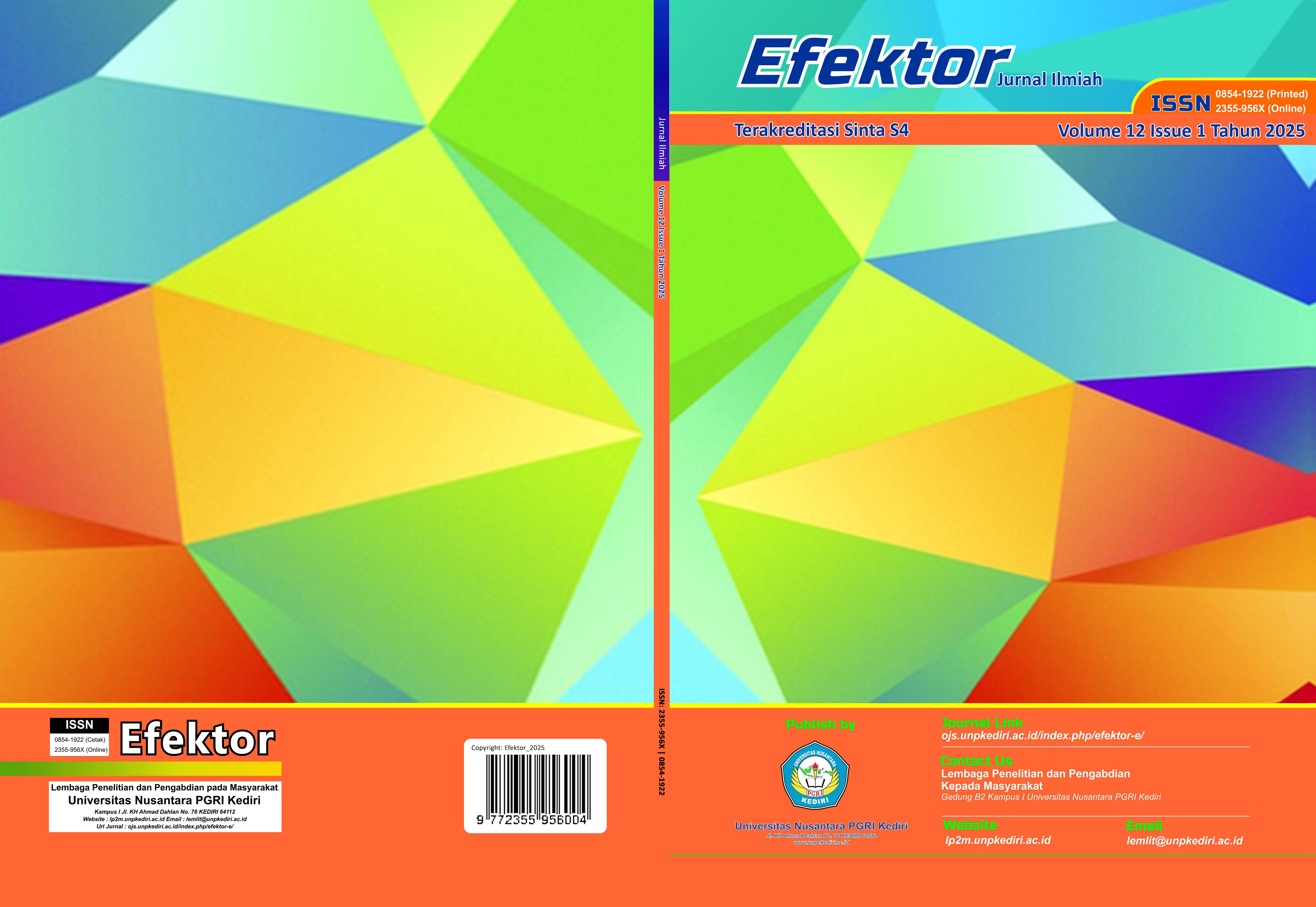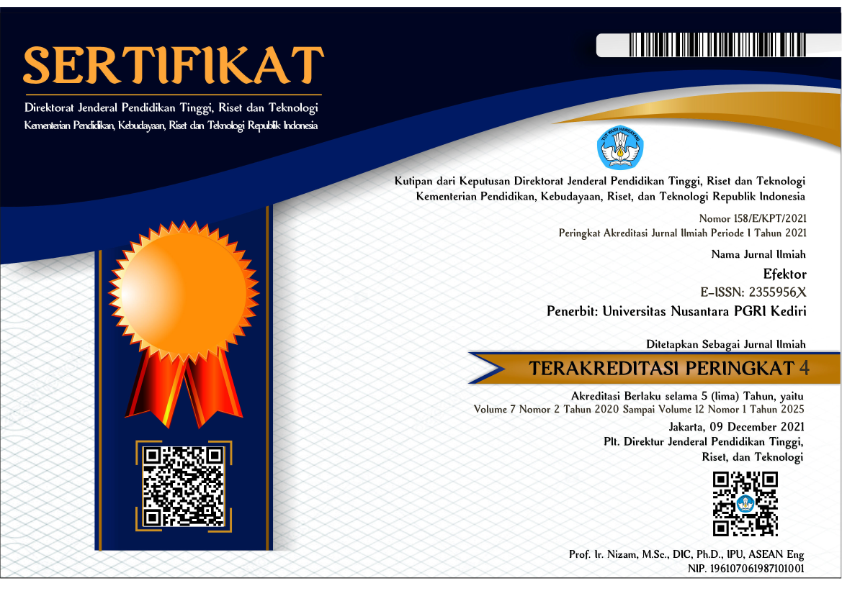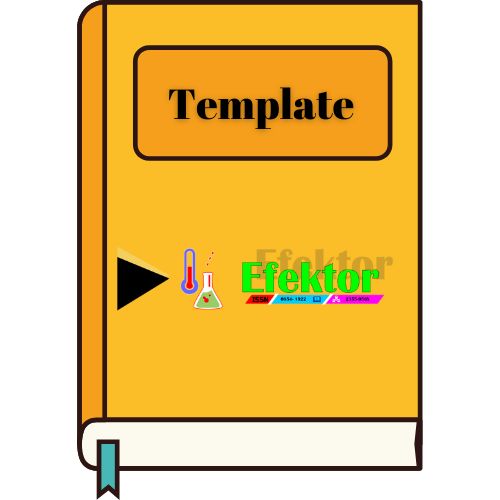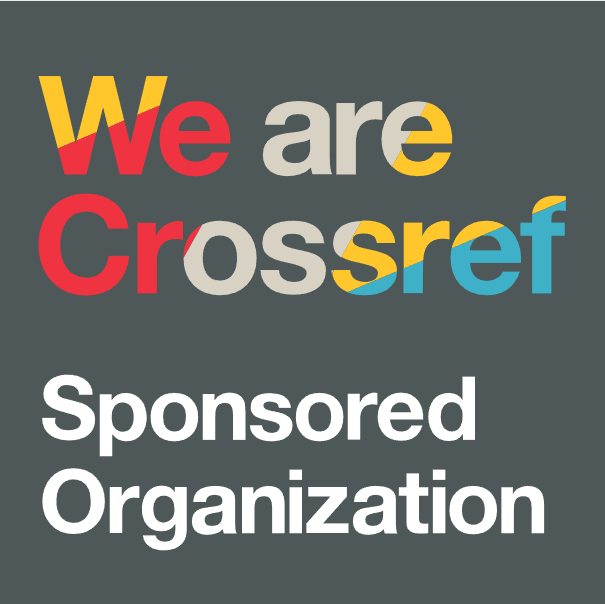Evaluating Various Storytelling Techniques for Early Childhood Education: A Literature Review
DOI:
https://doi.org/10.29407/e.v12i1.24659Keywords:
child development, early childhood education, storytellingAbstract
This study aims to evaluate various storytelling techniques in supporting early childhood development. The research employed a literature review method by examining studies published between 2019 and 2024 on the use of storytelling in early childhood education. The analysis techniques included findings synthesis and critical analysis of various studies. The results revealed that visual media-based storytelling techniques, such as pictures and hand puppets, effectively enhance children’s language skills and vocabulary. Moreover, digital techniques such as interactive storytelling and audiovisual media create more engaging and interactive learning experiences, significantly improving children’s social-emotional and cognitive skills. Therefore, the selection of storytelling techniques should be adjusted according to learning needs and contexts for optimal results.
References
Chubb, J., Missaoui, S., Concannon, S., Maloney, L., & Walker, J. A. (2022). Interactive storytelling for children: A case-study of design and development considerations for ethical conversational AI. International Journal of Child-Computer Interaction, 32, 100403.
Fauzi, S. N., Vidia, E. A., Yusuf, S. M., & Karim, L. N. (n.d.). Early Childhood Education Learning Management in Improving Children’s Language Skills with Storytelling Method. Research Studies, 3(8), 1723–1737.
Fitriani, N. (2022). Meningkatkan Kemampuan Bahasa Ekpresif (Berbicara) Anak Usia 5-6 Tahun melalui Metode Bercerita dengan Media Wayang Kartun di TK Anak Sholeh Muslimat NU Tuban. AUDIENSI: Jurnal Pendidikan Dan Perkembangan Anak, 1(2), 72–82.
Hettiarachchi, S., Walisundara, D. C., & Ranaweera, M. (2022). The effectiveness of a multisensory traditional storytelling programme on target vocabulary development in children with disabilities accessing English as a second language: A preliminary study. Journal of Intellectual Disabilities, 26(1), 90–108.
Hidayati, B. N., Romadhonika, F., & Salfarina, A. L. (2023). Pengaruh Storytelling (Audio Visual) terhadap Kepatuhan Mencuci Tangan pada Anak Pra Sekolah di RA Baiturrahman Rembiga Kota Mataram. Jurnal Kesehatan Qamarul Huda, 11(1), 330–334.
Jazilurrahman, J., Sa’diyah, H., & Fajri, Z. (2023). IMPLEMENTASI PEMBELAJARAN STORYTELLING GUNA MENINGKATKAN LANGUAGE SKILL PADA ANAK USIA DINI DI TAMAN KANAK-KANAK (TK) PKK PELITA BANGSA PAKUNIRAN PROBOLINGGO. Raudhah Proud To Be Professionals: Jurnal Tarbiyah Islamiyah, 8(1), 65–78.
Jitsupa, J., Nilsook, P., Songsom, N., Siriprichayakorn, R., & Yakeaw, C. (2022). Early Childhood Imagineering: A Model for Developing Digital Storytelling. International Education Studies, 15(2), 89–101.
Khotimah, S., Kustiono, K., & Ahmadi, F. (2021). Pengaruh storytelling berbantu media audio terhadap kemampuan menyimak dan berbicara pada anak usia dini. Jurnal Obsesi: Jurnal Pendidikan Anak Usia Dini, 6(3), 2020–2029.
Lasmini, L., Pingky, L., Sari, N. P., & Wulandari, R. (2022). ANALISIS PERAN PENDIDIK DALAM MENGIMPLEMENTASIKAN METODE PEMBELAJARAN BERCERITA (MENDONGENG) DI PAUD NONFORMAL KELOMPOK BERMAIN. Jurnal Multidisipliner Bharasumba, 1(03), 238–246.
Lastikka, A.-L., & Karlsson, L. (2022). My story, your story, our story: Reciprocal listening and participation through storycrafting in early childhood education and care. In Finnish Early Childhood Education and Care: A Multi-theoretical perspective on research and practice (pp. 147–164). Springer.
Mujahidah, N., Damayanti, E., & Afiif, A. (2021). The role of Storytelling Methods using hand puppets in early children’s language development. Child Education Journal, 3(2), 78–91.
Murzian, W. (2023). PENERAPAN METODE BERCERITA BERBASIS GAMBAR SERI UNTUK MENINGKATKAN KEMAMPUAN DAYA PIKIR DAN MENDENGARKAN. Diadik: Jurnal Ilmiah Teknologi Pendidikan, 13(1), 94–103.
Nair, V., & Yunus, M. M. (2021). A systematic review of digital storytelling in improving speaking skills. Sustainability, 13(17), 9829.
Núñez-Torres, M. G., Amaluisa Rendón, P. M., & Espinosa-Pinos, C. A. (2023). From Physical to Digital Storytelling. A Comparative Case in School Education. International Conference on Human-Computer Interaction, 318–324.
Nurzaman, I., Gandana, G., & Wahidah, A. S. (2020). Model Pembelajaran Interactive Storytelling Berbasis Aplikasi Android Untuk Memfasilitasi Keterampilan Menyimak Anak Usia Dini. Cakrawala Dini: Jurnal Pendidikan Anak Usia Dini, 11(2), 134–140.
Oktiawati, A., Widodo, Y. P., & Istianah, N. (2020). Storytelling media boneka jari kain flanel meningkatkan kecerdasan emosional anak usia prasekolah. Bhamada: Jurnal Ilmu Dan Teknologi Kesehatan (E-Journal), 11(2), 9.
Puspita, Y., Fitriana, F., Guswanti, N., Lingga, L. J., & Zalisman, Z. (2022). Meningkatkan Kemampuan Sosial Emosional Anak melalui Metode Bercerita dengan Media Gambar. Journal on Teacher Education, 4(2), 1673–1682.
Puspitasari, D., Lim, B. V., Evelina, R., & Setia, Y. (2023). The emergent literacy activities through the storytelling method with flashcard media for early childhood education. Journal of Digital Learning and Education, 3(1), 32–39.
Rahiem, M. D. H. (2021). Storytelling in early childhood education: Time to go digital. International Journal of Child Care and Education Policy, 15(1), 4.
Rahmawati, I. (2022). Strategi Pembelajaran untuk Meningkatkan Pengembangan Bahasa Pendidikan Anak Usia Dini Melalui Metode Bercerita. SANDIBASA I (Seminar Nasional Pendidikan Bahasa Dan Sastra Indonesia I).“Inovasi Pembelajaran Bahasa Dan Sastra Indoinesia.
Ramdhani, S., Yuliastri, N. A., Sari, S. D., & Hasriah, S. (2019). Penanaman nilai-nilai karakter melalui kegiatan storytelling dengan menggunakan cerita rakyat Sasak pada anak usia dini. Jurnal Obsesi: Jurnal Pendidikan Anak Usia Dini, 3(1), 153–160.
Schlauch, M. (2022). MEKIDS Media Education with Kids through Interactive Digital Storytelling. Proceedings of the 21st Annual ACM Interaction Design and Children Conference, 676–678.
Schlauch, M., Sylla, C., & Gil, M. (2022). Investigating Social Emotional Learning at Primary School through Guided Interactive Storytelling. Extended Abstracts of the 2022 Annual Symposium on Computer-Human Interaction in Play, 240–245.
Sofyan, F. A., Utami, S. K., & Fitri, I. (2022). Pengaruh Metode Bercerita Dengan Media Papan Flanel Terhadap Perkembangan Bahasa Anak Usia Dini. Indonesian Journal of Islamic Early Childhood Education, 7(1), 74–83.
Tulasih, S., Yussof, H. B., & Kristiawan, M. (2022). Stimulation of Language Skills for Early Childhood through the Picture Story Method. Bulletin of Early Childhood, 1(1), 42–57.
Warmansyah, J., & Nirwana, E. S. (2023). The Effect of Storytelling Methods and Self-Confidence Children’s Expressive Language Skills. Ta’dib, 26(1), 29–42.
Widyana, N., Sya’bani, D. A., & Sindi, S. M. (2024). Kamishibai phbs sebagai metode storytelling untuk meningkatkan kemampuan kognitif anak usia 5–6 tahun di TKIT Luqmanul Hakim Insan Madani Bandung. Jurnal Teras Kesehatan, 7(2), 27–33.
Downloads
Published
Versions
- 2025-04-22 (3)
- 2025-04-22 (2)
- 2025-04-22 (1)
Issue
Section
License
Copyright (c) 2025 Khusnul Khotimah

This work is licensed under a Creative Commons Attribution-ShareAlike 4.0 International License.
Authors who publish with this journal agree to the following terms:
- Copyright on any article is retained by the author(s).
- The author grants the journal, the right of first publication with the work simultaneously licensed under a Creative Commons Attribution License that allows others to share the work with an acknowledgment of the work’s authorship and initial publication in this journal.
- Authors are able to enter into separate, additional contractual arrangements for the non-exclusive distribution of the journal’s published version of the work (e.g., post it to an institutional repository or publish it in a book), with an acknowledgment of its initial publication in this journal.
- Authors are permitted and encouraged to post their work online (e.g., in institutional repositories or on their website) prior to and during the submission process, as it can lead to productive exchanges, as well as earlier and greater citation of published work.
- The article and any associated published material is distributed under the Creative Commons Attribution-ShareAlike 4.0 International License













